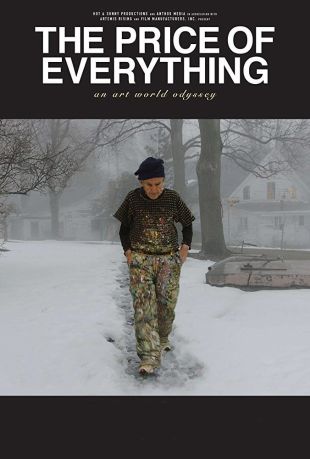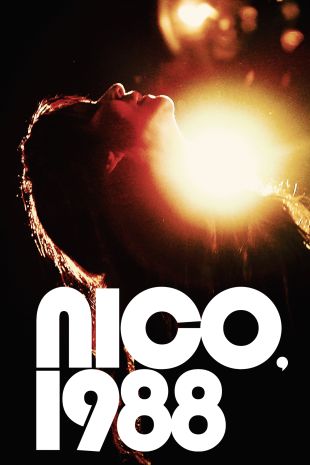American pop artist Andy Warhol became a pop icon himself, symbolizing the wild decadence of the "beautiful people" of the 1970s. Born Andrew Warhola in Pennsylvania, he studied at the Carnegie Institute of Technology before designing advertisements for women's shoes. After gaining notoriety for his pop-art renditions of things such as Campbell's Soup cans and silk screens of Marilyn Monroe, Warhol began making experimental films during the early '60s. Most of his early works were little more than passive chronicles of the ordinary. For example, in the film Sleep, he simple recorded a man sleeping for several hours. Such endeavors were heralded as groundbreaking by other experimental filmmakers, but the public and most critics generally regarded them as wastes of film, and their time. Still, Warhol continued making these plotless films until he eventually began adding crude soundtracks and sketchy scripts. Many of these films are filled with his "players": the beautiful people, "freaks," and wealthy dilettantes that constantly surrounded the artist and his "Factory," an art studio he founded in 1962. His films became a form of cinéma vérité, a voyeur's delight of strange people doing equally strange things. Some of the players Warhol turned into underground celebrities included Candy Darling, Viva, Holly Woodlawn, and Ingrid Superstar. Simply playing versions of themselves, they left the viewer to decide if they were, in fact, real people or simply fantastical figures. Many of Warhol's films were centered on sex and death, and the sex in his films was often explicit and transcended traditional gender boundaries. In 1968, Warhol was wounded by a disgruntled Factory reject, an incident which inspired the 1996 movie I Shot Andy Warhol. While healing, he began to withdraw from filmmaking, closed the Factory, and turned the reins of his operation over to filmmakers such as Paul Morrissey, who helped make subsequent movies more commercially accessible. Morrissey was behind Warhol's best known films Flesh for Frankenstein and Blood for Dracula, both of which were shot while in Rome in 1973. Although Warhol never fully recovered from the attempt on his life and had stopped making films, he did continue his voyeurism of the strange lives of his illustrious friends via the Polaroid camera he carried with him until he died in 1987 from complications following surgery.

Andy Warhol
Active - 1963 - 2020 |
Born - Aug 6, 1928 in Pittsburgh, Pennsylvania, United States |
Died - Feb 22, 1987 |
Genres - Avant-garde / Experimental, Drama, Comedy
Share on
Biography by AllMovie
Movie Highlights
Factsheet
- Father Ondrej was a construction worker; mother Julia was an embroiderer.
- Contracted Sydenham's chorea (a disease that affects the nervous system) at the age of 8, and was frequently bedridden because of the illness.
- Received his first formal training in art while in elementary school through free classes offered by the Carnegie Institute in Pittsburgh.
- Moved to New York after graduation and found steady work as a commercial artist; worked as an illustrator for several magazines, including Glamour, Vogue, Harper's Bazaar and The New Yorker.
- In 1952, had his first solo exhibition at New York's Hugo Gallery with 15 drawings based on the writings of Truman Capote.
- Debuted his Campbell Soup Can series in 1962. Released his first book, Andy Warhol's Index, in 1967.
- Survived an assassination attempt in 1968.
- Guest starred in the 200th episode of The Love Boat in 1985.
- The Andy Warhol Foundation for the Visual Arts was established in 1987 shortly after his death that same year; his will stated that a majority of his estate should be used to create a foundation for the visual arts.
- In 1994, the Andy Warhol Museum opened in his childhood city of Pittsburgh.
- Commemorated on a United States postage stamp issued August 10, 2002; the 37-cent stamp features Warhol's painting "Self-Portrait, 1964" in celebration of the fine arts.


